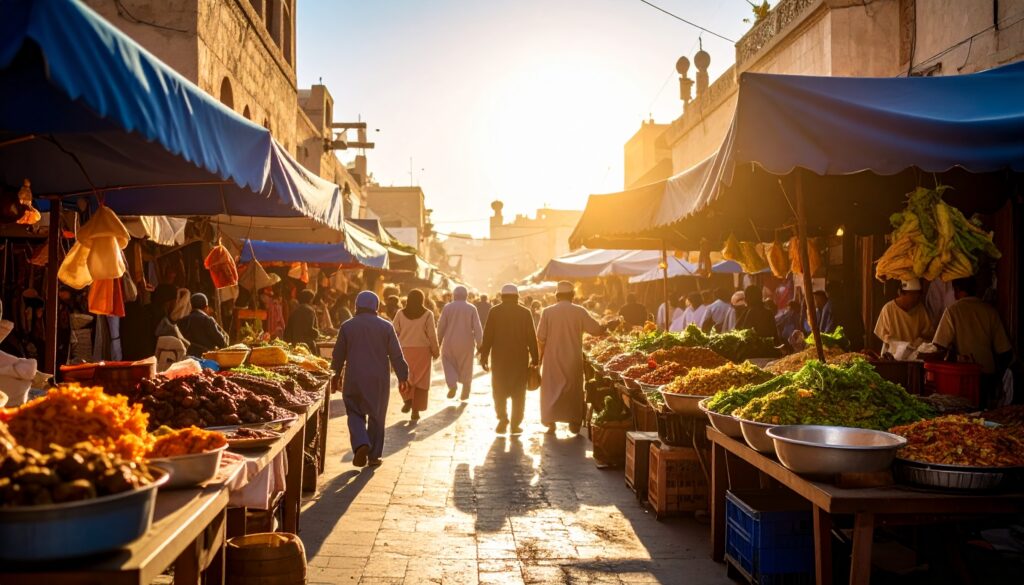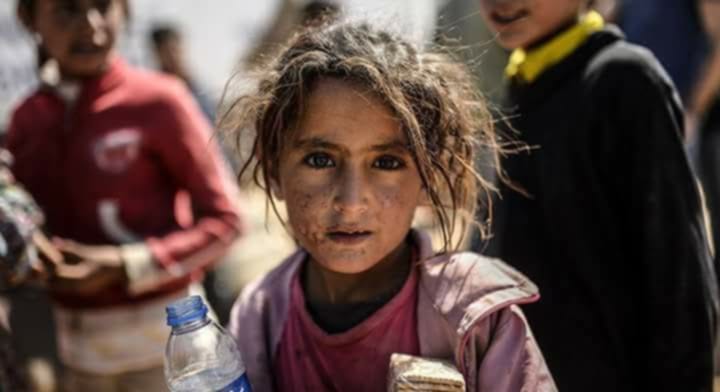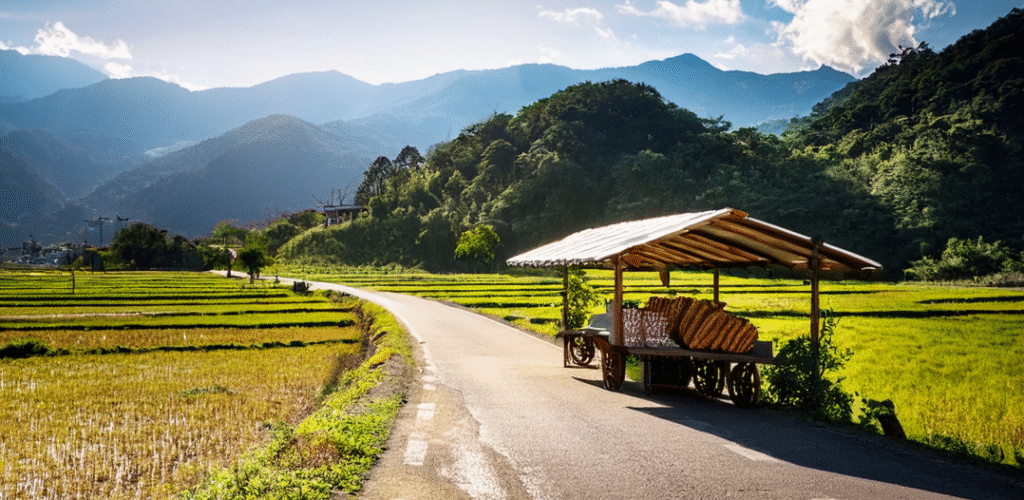
Syria, often referred to as the cradle of civilization, is a land of immense cultural heritage, architectural marvels, and a deeply rooted sense of identity that transcends centuries of turmoil and triumph. From the ancient ruins of Palmyra to the vibrant souks of Aleppo, Syrian culture is a living mosaic woven with threads of language, religion, art, food, and tradition—each telling the story of its diverse and resilient people.
A Historical Crossroads
Strategically located at the intersection of Asia, Europe, and Africa, Syria has long served as a crossroads for civilizations. The country’s ancient cities—Damascus, Aleppo, Hama—were once vital arteries on the Silk Road and incubators of religious thought, trade, and innovation. This legacy of exchange cultivated a culture that is at once deeply local and uncommonly cosmopolitan. Syrians take immense pride in this heritage, often tracing their lineage to ancient Arameans, Greeks, Romans, Byzantines, and Umayyads.
Damascus, one of the oldest continuously inhabited cities in the world, has served as the backdrop for many of these epochs. Its old city, with narrow alleys and courtyards echoing with history, symbolizes the endurance of Syrian identity. This blend of civilizations is not just carved into stone but also alive in the people’s customs and values.
Ethnic and Religious Diversity
Syria is home to a mosaic of ethnic and religious communities. The majority of its population identifies as Arab, but substantial Kurdish, Assyrian, Turkmen, Circassian, and Armenian communities also contribute richly to the country’s cultural diversity.
Religiously, while Sunni Islam is predominant, Syria also hosts Alawite, Druze, Ismaili, Shia, and Christian communities, along with smaller groups such as the Yazidis and Jews (many of whom emigrated in the 20th century). These groups have historically coexisted, sometimes uneasily, but often in surprisingly complex and integrated ways—living side by side in towns and cities, sharing in local economies and customs, while preserving their distinct practices.
This layered cultural ecology has given rise to fascinating traditions, such as Christian hymns sung in Aramaic, the language of Jesus, in rural Maaloula, or the intricate shared rituals of Sufi Islam in Aleppo’s ancient khanqahs.
Language and Expression
Arabic is Syria’s official language and the vessel through which much of its literature, poetry, and oral storytelling tradition flows. But here, too, diversity thrives: Kurdish is widely spoken in the north, while Armenian, Aramaic, Circassian, and Turkmen languages echo in their respective communities.
Poetry, both classical and colloquial, holds a near-sacred role in Syrian culture. It is not uncommon for everyday conversation to weave in lines from Nizar Qabbani, the celebrated Damascene poet whose romantic and political verse resonates deeply with Syrians of all ages. Literature, theater, and music—all serve as essential vehicles for expressing collective aspirations and personal identity.
Family and Social Values
Family remains the cornerstone of Syrian society. Multigenerational households are common, and social roles are defined with a strong sense of duty, honor, and hospitality. Guests are treated with reverence, often offered coffee, sweets, and a place at the table—regardless of circumstance. Hospitality in Syria is not simply good manners; it is a deeply held cultural principle.
Syrian weddings and celebrations are famously vibrant, with traditional dabke dancing, ululations, and elaborate feasts that bring together entire communities. Even in times of hardship, these customs endure as affirmations of life, joy, and continuity.
Marriage, family reputation, and community relationships are tightly interwoven into the social fabric. Elders are respected, and decisions—especially in rural communities—are often made with collective consensus in mind.
Cuisine: A Cultural Feast
Syrian cuisine is a delicious reflection of its cultural depth and regional diversity. Meals are communal events, often centered around mezze—an array of small dishes like hummus, baba ghanoush, kibbeh, and grape leaves. Main dishes might include lamb with rice and nuts, mujaddara (lentils and rice), or yabrak (stuffed vine leaves).
Damascus is known for its sweets—especially baklava, barazek (sesame cookies), and ma’amoul (date-filled pastries)—often enjoyed alongside bitter Arabic coffee or sweet black tea. Each region has its specialties, from the spicy dishes of Aleppo to the hearty fare of Homs and the coastal flavors of Latakia.
Food is both sustenance and symbol—a way to nurture community, memory, and identity.
Art, Architecture, and Craft
Syria’s artistic tradition spans centuries—from the Greco-Roman ruins of Bosra to the opulent Umayyad Mosque in Damascus. Calligraphy, geometric tilework, and inlaid woodcraft are all celebrated forms of artistic expression.
Syrian craftspeople are renowned for their skill. Handwoven textiles, intricate mother-of-pearl inlay, and detailed metalwork are not only economic goods but carriers of cultural tradition. Many artisans learn their trade through generations, passing down techniques with pride.
Music, too, plays a powerful role. Classical Arabic music flourished in Aleppo, known for its mawwal and muwashshahat—emotive genres that combine poetic lyrics with rich instrumentation. Oud, qanun, and ney are mainstays of traditional Syrian music, while contemporary artists blend these sounds with modern influences to reflect a culture in flux.
Conflict and Cultural Resilience
Syria’s recent history has been marked by immense hardship, particularly since the outbreak of civil conflict in 2011. Millions have been displaced internally and abroad, historic cities have suffered irreparable damage, and countless lives have been lost.
And yet, in the face of destruction, Syria’s cultural spirit has shown remarkable resilience. Artists, writers, and musicians have continued to create—in exile, in camps, in hidden corners—preserving identity and giving voice to suffering. Diaspora communities have become powerful custodians of Syrian culture, organizing festivals, publishing literature, and teaching traditional arts far from home.
Among Syrians, there remains a deep yearning to rebuild not just structures but social and cultural continuity. For many, culture is resistance—a way to claim dignity and connection even in the darkest hours.
Conclusion: A Living Legacy
The people and culture of Syria embody a profound duality: ancient yet evolving, diverse yet unified in identity, broken by conflict yet unbreakable in spirit. To understand Syria is to appreciate not just its historical significance, but the everyday lives of its people—the songs sung, meals shared, prayers whispered, and stories told in courtyards under the stars.
Syria’s story is still being written. And in every corner of its culture—whether in the wail of an oud, the scent of cumin rising from a family kitchen, or the flicker of a lantern in a Damascus alleyway—one can glimpse not only the past, but the unshakable hope of a people who carry their heritage forward with grace, grief, and grit.

